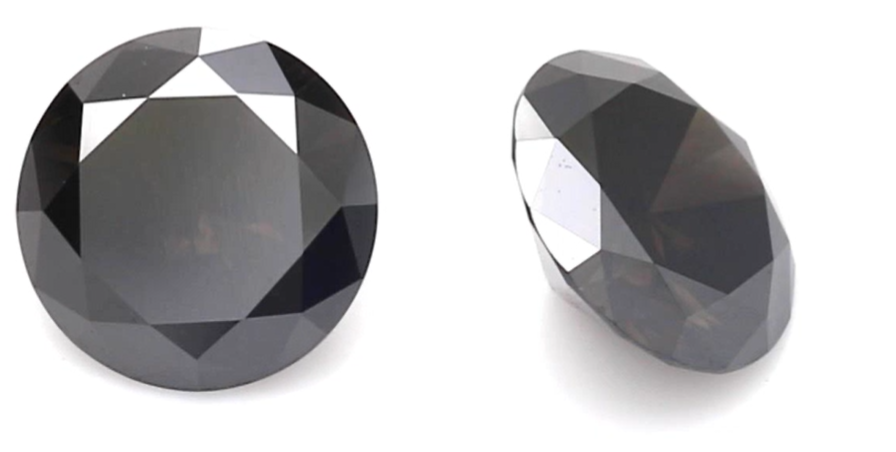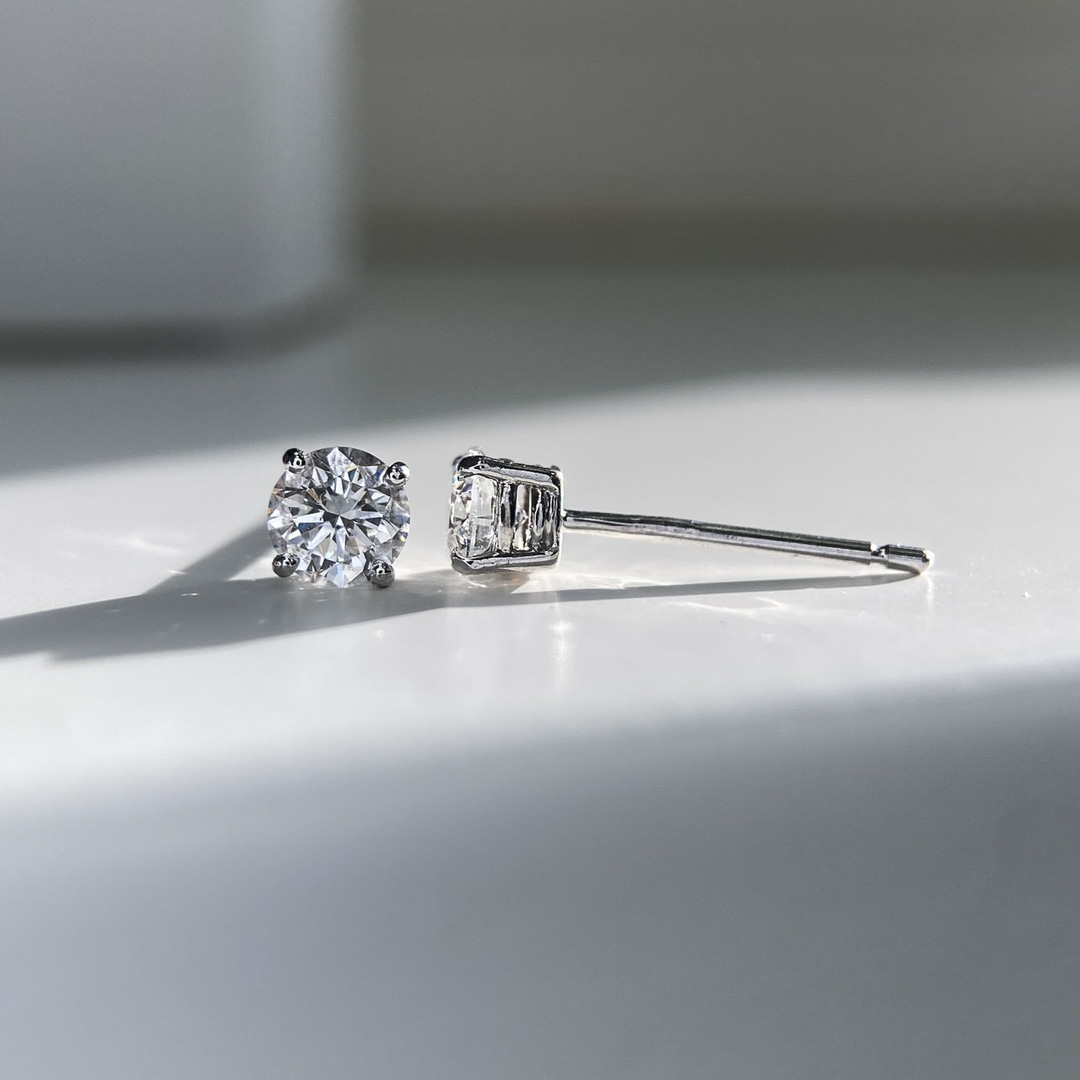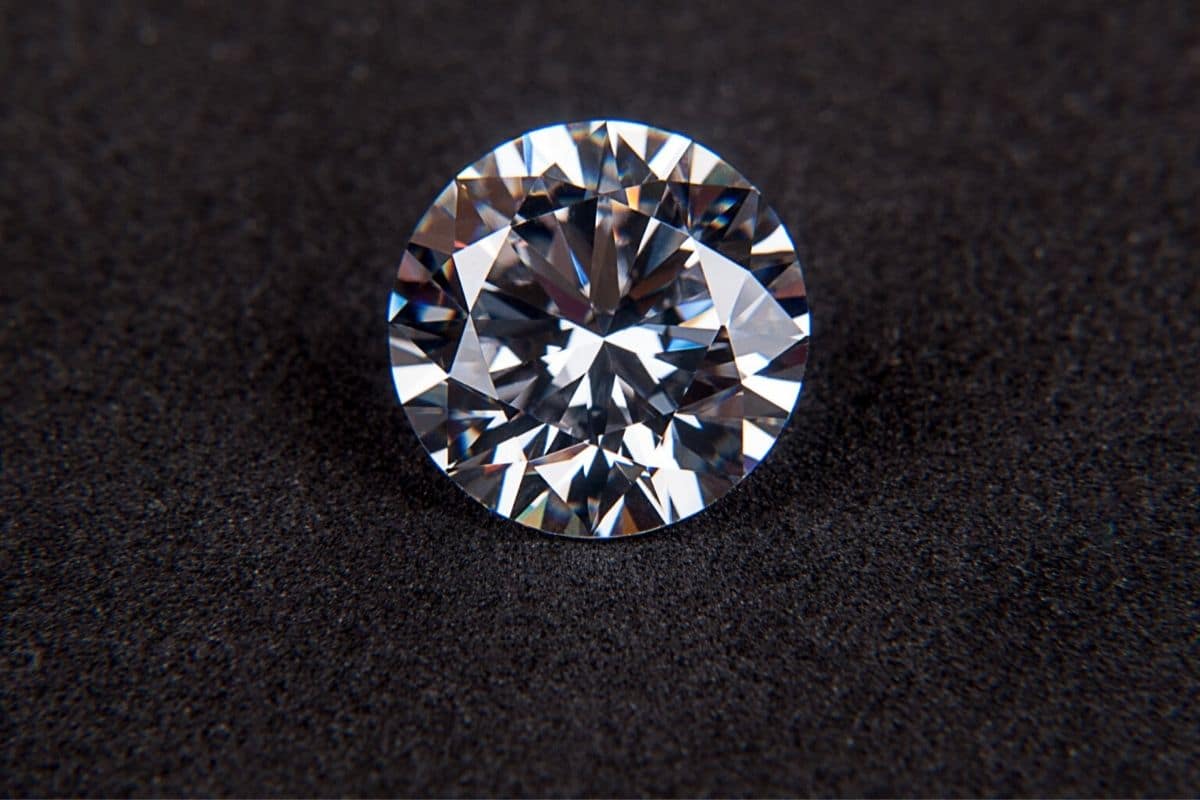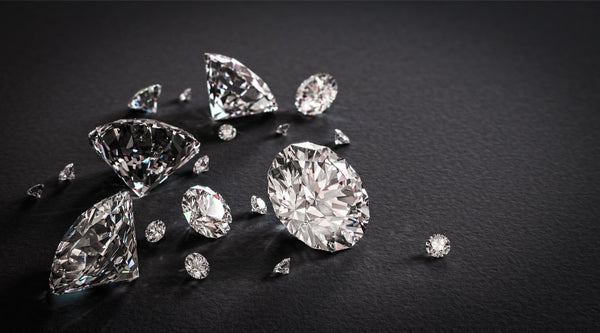In today’s speedy world, securing fast supporting is frequently essential, whether you’re hoping to finance a critical doctor’s visit expense, put resources into a business opportunity, or cover an unforeseen cost. Traditional loan endorsement cycles can require days or even weeks. Be that as it may, imagine a scenario in which you could gain admittance to cash inside the space of hours by utilizing the worth of your resources. That is where moment loan valuation comes in.
Moment loan valuation permits you to rapidly evaluate the value of your resources and secure a get loan instant valuation in light of that worth. It’s a convenient method for opening the cash restricted in things like your home, vehicle, or even extravagance things. In this article, we’ll investigate all that you really want to be familiar with moment loan valuation — how it functions, its advantages, the sorts of resources you can utilize, and the upsides and downsides of this funding option.
Advantages of Moment Loan Valuation
Speed and Convenience
One of the essential benefits of moment loan valuation is speed. Traditional loan processes frequently include extended administrative work, credit checks, and endorsement arranges that can require days or weeks. With a moment loan valuation, the cycle is smoothed out. You can have cash in hand in practically no time, contingent upon the resource’s valuation and the bank’s cycles.
No Credit Check Required
Dissimilar to personal loans or different sorts of supporting that depend on your FICO assessment, moment loan valuation is normally gotten by the resource you vow. This implies your financial record doesn’t become an integral factor. On the off chance that you have terrible credit or no credit by any means, you can in any case get a loan as long as you bring an important resource for the table as security.
Adaptability in Security Options
With moment loan valuation, you’re not restricted to traditional forms of security like land. Numerous banks acknowledge a great many resources, for example, vehicles, extravagance watches, compelling artwork, and even gems. This gives you greater adaptability with regards to securing a loan and can be an incredible option to risk losing your home.
Common Resources Utilized for Moment Loan Valuation
The sorts of resources you can use for moment loan valuation are tremendous and fluctuated. Here are the absolute most common resources acknowledged by banks:
Land
Land is one of the most common resources used to get loans. Whether it’s your home, a business property, or land, moneylenders are much of the time able to offer critical loans against land. The worth of the property is evaluated in view of its reasonable worth and location, and you can get a loan in light of a level of that worth.
Vehicles
Vehicles, trucks, motorcycles, and even boats can be utilized to get loans. Loan specialists regularly consider the vehicle’s age, make, model, condition, and market demand while esteeming the resource. A very much kept up with vehicle, for instance, can get a significant loan.
Gems and Extravagance Things
High-esteem gems, extravagance watches, and designer handbags are turning out to be progressively famous forms of guarantee for moment loans. The worth of these things is surveyed in view of factors like material (Melbourne gold buyers, platinum, diamonds), brand, and market demand.
Craftsmanship and Collectibles
Assuming you own artistic work, collectibles, or collectible things (like intriguing mint pieces or sports memorabilia), these can likewise be utilized for moment loan valuation. The uniqueness and uncommonness of these things can essentially affect their worth and the loan sum you are advertised.
How to Get a Moment Loan Valuation
Stage 1: Pick the Right Moneylender
The most important phase in securing a moment loan with resource valuation is to pick the right bank. It’s critical to research and find a respectable bank with great surveys and straightforward loan terms. Whether you’re searching for an online loan specialist or a physical pawn shop, the cycle ought to be straightforward and clear.
Stage 2: Present Your Resource for Valuation
Once you’ve picked a bank, the subsequent stage is to present your resource for valuation. This could affect an in-person examination or, at times, an online valuation process. Make certain to give any fundamental documentation, like receipts, testaments, or evaluations, to assist with laying out the worth of your resource.
Stage 3: Accept Your Loan Offer
After the resource has been esteemed, the bank will make a proposition in view of a level of its evaluated esteem. This loan offer normally incorporates financing costs, reimbursement terms, and expenses. You ought to audit these terms cautiously before tolerating the proposition.
Stage 4: Consent to Terms and Get Your Loan
Once you’re happy with the loan offer, you can consent to the terms and accept your assets. Contingent upon the moneylender, you might get the loan through bank move, check, or even in cash.
Factors Influencing Moment Loan Valuation
The sum you can get through a moment not entirely settled by a few factors:
Resource Type and Condition
The sort of resource you’re offering as guarantee assumes a critical part in how much you can get. Land and vehicles will generally get higher loan sums contrasted with gems or workmanship. The condition of the resource is likewise basic — very much kept up with, top notch things will bring about higher loan offers.
Market Worth and Demand
Banks will consider the ongoing business sector worth of the resource and its demand. For instance, on the off chance that you’re utilizing an extravagance watch as insurance, the brand and model will influence its valuation. Essentially, land in a popularity region might be esteemed higher than property in a less helpful location.
Loan specialist’s Valuation Technique
Every loan specialist might utilize an alternate technique to esteem resources. Some might depend on appraisers or specialists to evaluate the thing’s worth, while others might utilize online tools or data sets to decide market costs. Ensure you understand how the moneylender values resources before consenting to any terms.
Dangers of Moment Loan Valuation
Chance of Overvaluation or Undervaluation
There’s dependably the gamble that the bank might exaggerate or underestimate your resource. In the event that you disagree with the bank’s appraisal, it could influence how much you can acquire and the loan terms.
Hazard of Defaulting on the Loan
On the off chance that you neglect to reimburse the loan, the moneylender has the privilege to claim your resource and sell it to recuperate their assets. It’s essential to guarantee you can meet the loan reimbursement plan before focusing on the loan.
How to Amplify the Worth of Your Resource
Ensuring Your Resource is Looking great
The better condition your resource is in, the higher its worth will be. Ensure your vehicle, gems, or property is all around kept up with before submitting it for evaluation.
Understanding Business sector Patterns
Market patterns can essentially influence the worth of your resources. For instance, particular kinds of gems or collectibles might increment in esteem over the long run. Watching out for market patterns can assist you with securing a superior loan bargain.
Giving Legitimate Documentation and Evaluations
Having the right documentation, like receipts, authentications of validness, or master evaluations, can assist with checking the worth of your resource and increment the loan sum.
Options in contrast to Moment Loan Valuation
In the event that you’re uncertain about utilizing moment loan valuation, consider these other options:
Traditional Loans
Traditional loans, similar to personal or home value loans, normally have lower financing costs yet may require a credit check and more desk work.
Shared Loaning
Shared loaning is an online option where people loan money to borrowers. These loans might have more adaptable terms and quicker endorsement processes than traditional banks.
Crowdfunding or Local area Backing
If you really want funding however don’t have any desire to involve a resource as guarantee, consider crowdfunding or going to your local area for help.
Is a Moment Loan Valuation Appropriate for You?
At the point when Moment Loan Valuation Checks out
Moment loan valuation can be an incredible decision in the event that you want quick admittance to reserves yet don’t have any desire to sell your resources out and out. It’s especially helpful if you have significant resources yet don’t have any desire to risk losing them for all time.
Likely Traps to Keep away from
Before picking a moment loan valuation, ensure you can meet the reimbursement terms. Inability to reimburse can bring about losing your important resources, which could be a critical monetary misfortune.
Conclusion
Moment loan valuation offers a quick and convenient method for securing funding by utilizing the worth of your resources. While it has its dangers —, for example, exorbitant loan fees and the potential for losing your guarantee — it tends to be a lifeline in the midst of monetary need. To guarantee the cycle works without a hitch, make certain to pick a respectable moneylender, understand the loan terms, and ensure you can reimburse the loan on schedule. With the right preparation, a moment loan valuation can give a supportive monetary solution when you want it most.








